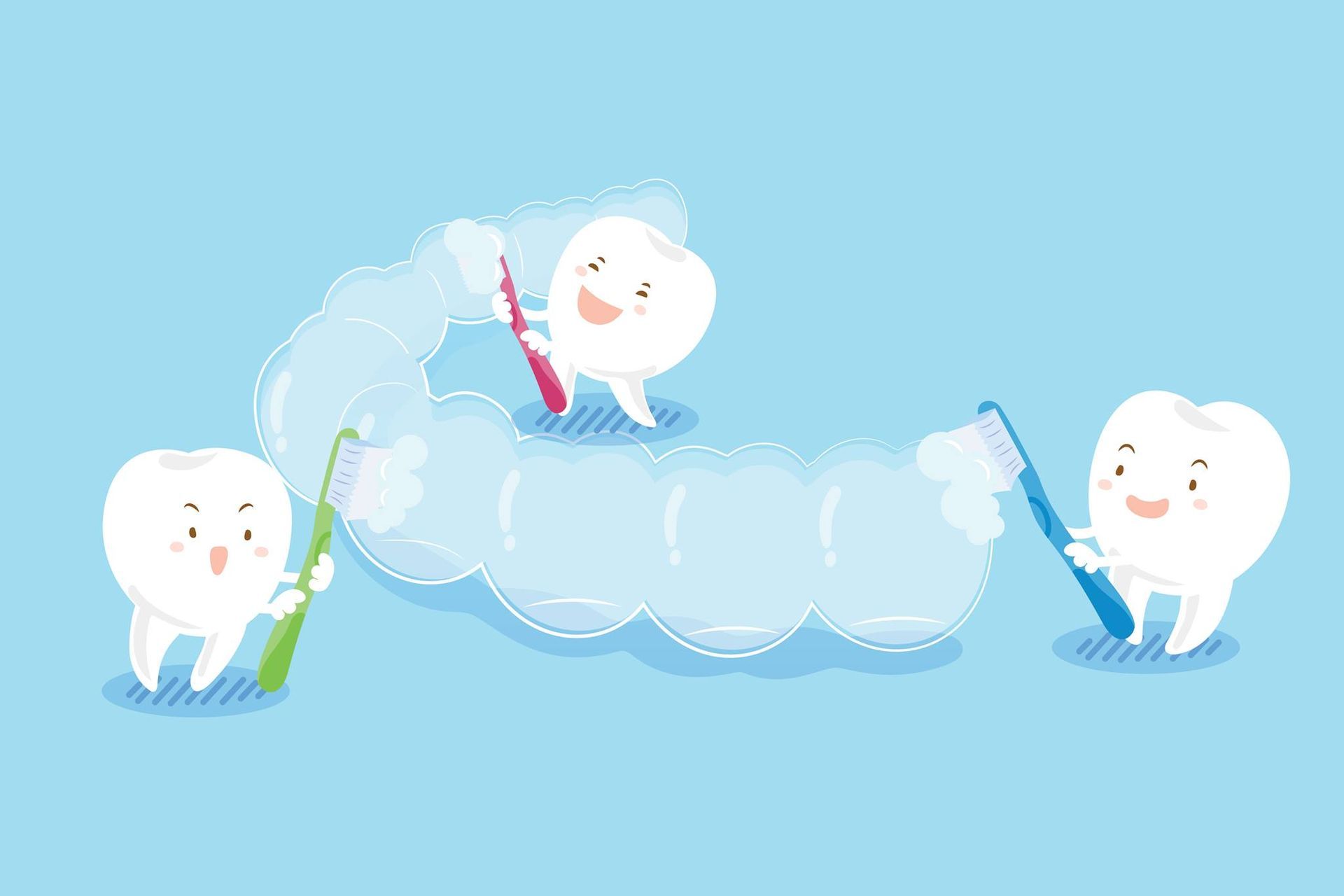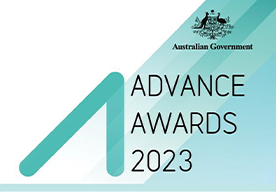Yes! After days of staring at your crooked teeth or gummy smile every time you look in the mirror, you have finally decided to take the plunge and book an appointment with a specialist orthodontist like us to do something about it!
It’s a massive first step but the decision making has just begun. One of the most commonly asked questions to any orthodontist these days is “Braces or Invisalign Clear Aligners? Which is more suitable for me?”
Traditionally, braces were the only means used to correct misaligned teeth but the introduction of clear aligners changed all that. One appliance is not inherently better than the other. For most cases, both options are available. However it is important to remember that aligners can treat most but not all orthodontic problems. This makes the initial consultation with your orthodontist even more important. That’s the only way you can make an informed decision most suitable to your individual needs and lifestyle choices.
However, it is important to remember that
aligners can treat most, but not all orthodontic problems. This makes the initial consultation with your orthodontist even more important as that’s the only way for you to make a decision which is most suitable to your individual needs and lifestyle choices.
What’s the difference?
Braces are metal brackets that are cemented onto the teeth. They are made up of two stainless steel brackets and arch-wire. The brackets are attached to the back of the teeth, while the arch-wire is placed in between them. The wires then stay connected to the brackets using small rubber bands, putting a constant yet gentle force to align your teeth properly.
Aligners, on the other hand, are essentially clear, thin plastic trays that are made to fit over your teeth to move them gradually into place. Unlike braces, aligners are removable and don't require any cementing. Hence, the aligners will be designed to fit over your teeth and you will be responsible for wearing and removing them until your teeth are fully aligned.
Metal braces
These mainly consist of brackets that are affixed to your teeth. Wires are threaded through slots in the brackets. The brackets are typically made of stainless steel and the wires stay connected to the brackets by small rubber bands. The wires put a constant, yet gentle, force to properly align your teeth.
Aligners
These are essentially plastic replicas of your teeth - thin, clear trays made to fit them. Unlike metal braces, aligners are removable. The patient is responsible for putting them in and taking them out. Patients receive sets of aligners designed to move their teeth using the same method as braces: constant, gentle pressure.
Is weighing your options weighing you down?
When comparing braces vs Invisalign, consider which of the following factors is most important to you.
Cosmetics
Do you want to keep your treatment on the down low or are you loud and proud about the smile you’re working towards?
Convenience
Are you able to make frequent trips to the orthodontist or work/school keeps you wanting more hours in the day?
Compliance
How much effort are you willing to put in for your treatment?
Do you trust yourself to follow instructions?
Comfort
Is potential soreness a serious concern?
Cost
Which treatment suits your budget more?
Braces
ADVANTAGES:
- Applicable to all cases
While aligners can treat most, braces can treat all cases. That means braces are always an option! - Variety
Ranging from the traditional metal to the more discreet porcelain braces, with or without colours there are ample choices within braces itself.
- Compliance
Because they are fixed to your teeth, you don’t need to worry about forgetting to wear or losing them. This is useful for patients who may not be adequately motivated or physically unable to constantly change and wear aligners.
- Comfort
The initial discomfort when brackets are placed or adjusted or wires irritating the mouth tissues cannot be denied. However this is mostly short lived and once patients become accustomed, they may even forget they have them on.
DISADVANTAGES:
- Diet
Braces require some modifications to your everyday diet which may be a bummer especially for children. Hard and sticky foods are a no-no along with food rich in sugar as cleaning the teeth may be difficult.
- Hygiene
Braces pose a challenge in keeping your teeth clean. It may be difficult with all the brackets and rubber bands and wires however oral hygiene is so important that sometimes braces may be prematurely removed if there is a chance of real damage to the teeth.
- Discomfort
Initially braces may cause discomfort as they rub against cheeks and lips. Some patients have more than others. In general, patients will get used to it after a week or so.
- Appearance
Braces are more noticeable than aligners. This may be a factor for a lot of people based on their occupation, hobbies or even personality. You’ll be amazed to know that some of my teenage patients choose to have braces over clear aligners, as the colour of their braces becomes a signature or brand of their group.
- Treatment time
Appointments are usually more frequent as the orthodontist makes active adjustments.
Clear Aligners
ADVANTAGES:
- Appearance
For those shy of showing their teeth anyway, aligners are a boon. As the name goes, they are clear and custom made to fit your teeth hence much less noticeable than braces.
- Diet
As you remove your aligners to eat, diet mostly remains unaffected. Some foods are difficult to eat with braces on, however aligners pose no such challenge.
- Hygiene
Again, being removable provides an advantage of ease of cleaning your teeth and thus maintaining adequate oral hygiene. You can brush and floss as per normal.
- Appointments
As the tooth movement is pre planned by your orthodontist in their Invisalign orthodontic clinic, the actual visits are fewer and shorter. This can be a big advantage in today’s busy schedules!
- Comfort
Although teeth can feel a little tender as they begin to move, most patients report that they are quite comfortable. Aligners rarely irritate the lips or cheeks. This may particularly be relevant for those playing contact sports.
- Cost
In many cases aligners may be more than braces, however in a lot of cases the pricing may be quite similar.
- Overall treatment time
Many studies have shown aligners to be equally or a tad bit faster in achieving results than traditional braces depending on your particular case as advised by an orthodontist.
DISADVANTAGES:
- Compliance
Aligners need to be worn almost 22 hours a day to be effective. With this comes the need for extra compliance and care to achieve the desired results.
- Aligners need to be removed while eating or for cleaning
Some patients may find this cumbersome, especially in public if they feel shy or embarrassed. They may even lose or get thrown out when it’s removed, because precisely… It's clear! It's not an uncommon story to hear that parents or patients have to try to look for them down in the trash bin!
- Effectiveness
For some complex cases, we orthodontists may recommend braces over aligners to provide better results.
- Comfort
Even though the discomfort is generally slight, patients have the option to remove them as they can hence defeating the purpose.
- Lost/Misplaced aligners
Aligners are quite easy to lose or damage. A number of patients report them to fall out of their pockets or get thrown away wrapped in a napkin. As they are clear, they are also more prone to damage as they are not clearly visible. Sometimes they may end up being a chew toy for your pet if not taken care of!
- Hygiene
Though diet can remain the same, it is important to control liquid intake especially soft drinks or flavoured waters as liquids can seep into the aligners and cause rapid decay of the teeth.
- Discoloration
Yellow Aligners is a common problem if your diet is not light in colour or clear. Curry, turmeric, tomato paste, red wine, or any food or drinks that are darker in colour will tend to stain the aligners.
| Braces | VS | Aligners |
|---|---|---|
| For all mal-alignment, incl. complex ones | SUITABILITY | For mild to moderate mal-alignment |
| Less responsibility | COMPLIANCE | Highly required |
| Lower | COST | Higher |
| Visible | APPLIANCE VISIBILITY | Less visible |
| Fixed | USAGE | Removable |
| Yes | DIETARY RESTRICTIONS | Minimal |
| Requires more effort and care | ORAL HYGIENE MAINTENANCE | Minimal |
| Average | LEVEL OF DISCOMFORT | Mild |
| More frequent | FREQUENCY OF APPOINTMENTS | Less frequent |
Whether it's braces or aligners, we can agree that the type of appliance used in orthodontic treatment is far less important than the skill in the hands of the person who is providing the treatment. Rely on the skills of the AAO orthodontist, who has the education, experience and expertise to evaluate diagnostic findings, and translate those into a treatment plan that will help you or your child achieve a healthy and beautiful smile!
*AAO: American Association of Orthodontists
At Dr. Catherine Lee Orthodontics, we have a dedicated team of doctors and staff whose skills and experiences help our patients enjoy the process of creating healthier, beautiful smiles. We have a strong focus on growing children, and especially welcome those who need orthodontics and dentistry for kids. For a consultation, contact us at enquiries@DrCatherineLeeOrthodontics.com.






